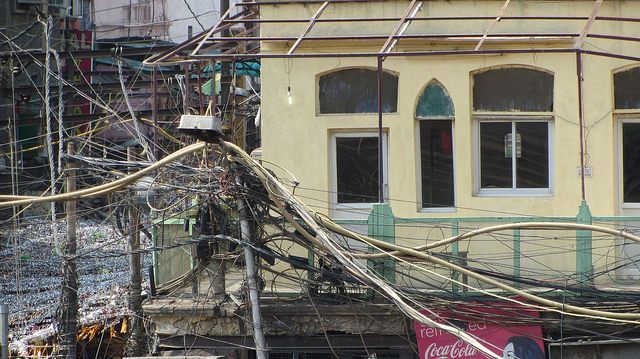As a guest of the Institute for Sustainable Communities, I traveled to India in July to speak at a conference on energy and climate change.
I took advantage of the trip to write my impressions of their energy situation for Greentech Media, not to mention to visit the Taj Mahal and other sites.
First the conference: The Future is Now! conference was in Hyderabad, India’s fourth largest city. Sponsored by the US State Department, the goal was to bring together US and Indian experts to share strategies for responding to the threat of climate change.
Since India has set the audacious goal of 100 GW of solar by 2022, I decided to speak about grid integration. That much solar will create a whole new daily power shape, with net demand peaks moving to the morning and evening. It was an opportunity to import the famous California “duck” curve — my talk was Taming the Indian Duck (PowerPoint).
After the conference, we flew to Delhi and spent a couple days visiting government officials, NGOs, and others, and doing a public presentation, as guests of the US Embassy. The heat and humidity were tremendous, as we were sandwiched between the intense summer and the wet monsoon season.
Once work was done, I experienced the street life of Old Delhi, the coal-fired brick making region south of the city, the cosmic perfection of the Taj Mahal, and the lakefront life in Udaipur, a city in hot Rajasthan. Everything was insanely picturesque, and a bit overwhelming at times. (Slide show below!)
When I returned home I tried to make sense of all I learned about India’s energy situation, which I put in the article for Greentech Media. Clean energy offers so much potential for poverty alleviation, balance of trade, economic development, and environmental improvement. Yet there are so many problems to be overcome. The entrepreneurial spirit is strong in India — five minutes walking the streets of Udaipur will show you that — but it will have to overcome bureaucratic inertia, poverty, and poor infrastructure.
